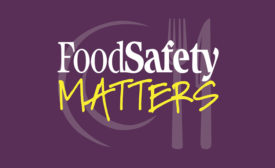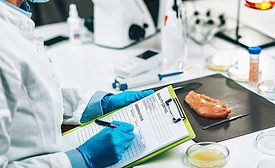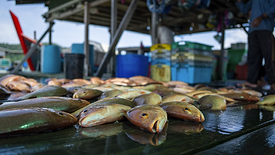Management
Sponsored Content
eBook | Achieving Sanitation Success with Innovative Techniques, Simplified SSOPs, and Applied Technology
October 23, 2024
Cognitive Security, a Growing Concern for Food Safety: Part 1
Part 1 of this article series will explore the definitive lexicon and define the problem sets for cognitive security


October 15, 2024
The Need for Ongoing Confirmation of Food Safety Programs Efficacy
Food businesses that do not confirm the efficacy of what they do to ensure the safety and quality of food are inevitably left at the mercy of repeating failures
October 15, 2024
How is the Revolution in Technology Changing Food Safety?—Part 3
Food safety professionals continue to be focused on efforts to continually get better at their fundamental responsibility to produce safe food
October 15, 2024
Never miss the latest news and trends driving the food safety industry
eNewsletter | Website | eMagazine
JOIN TODAY!Copyright ©2025. All Rights Reserved BNP Media.
Design, CMS, Hosting & Web Development :: ePublishing













